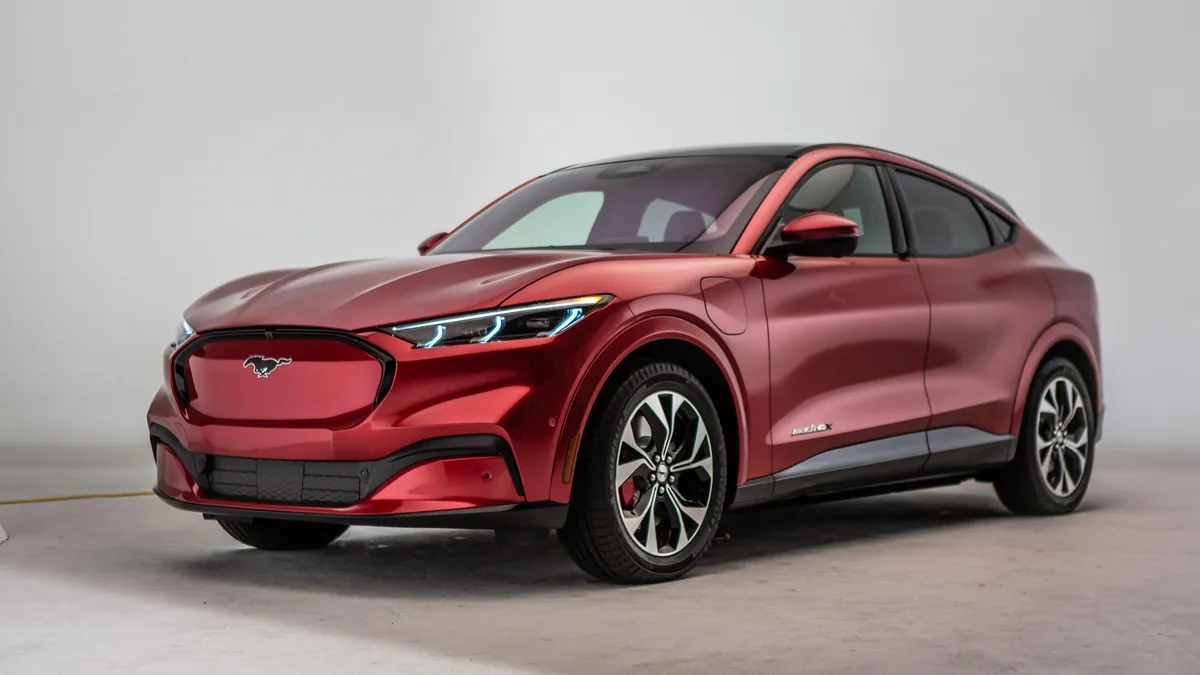Last updated on December 8th, 2022 at 02:38 pm
Apples in the snow: parking in the cold reduces the Tesla Model 3’s range by a third
Lithium-ion batteries used in traction batteries of electric vehicles lose their charge in cold weather, so manufacturers not only provide for the function of heating them but also recommend keeping the car connected to the network while parked. An experiment by the Canadian owner of Tesla Model 3 shows how much power reserve can be lost without the ability to connect an electric car to the network in cold weather.
Don’t forget to leave us a comment below and let us know what you think!
Share Our Website for Technology News , Health News , Latest Smartphones , Mobiles , Games , LifeStyle , USA News & Much more...





